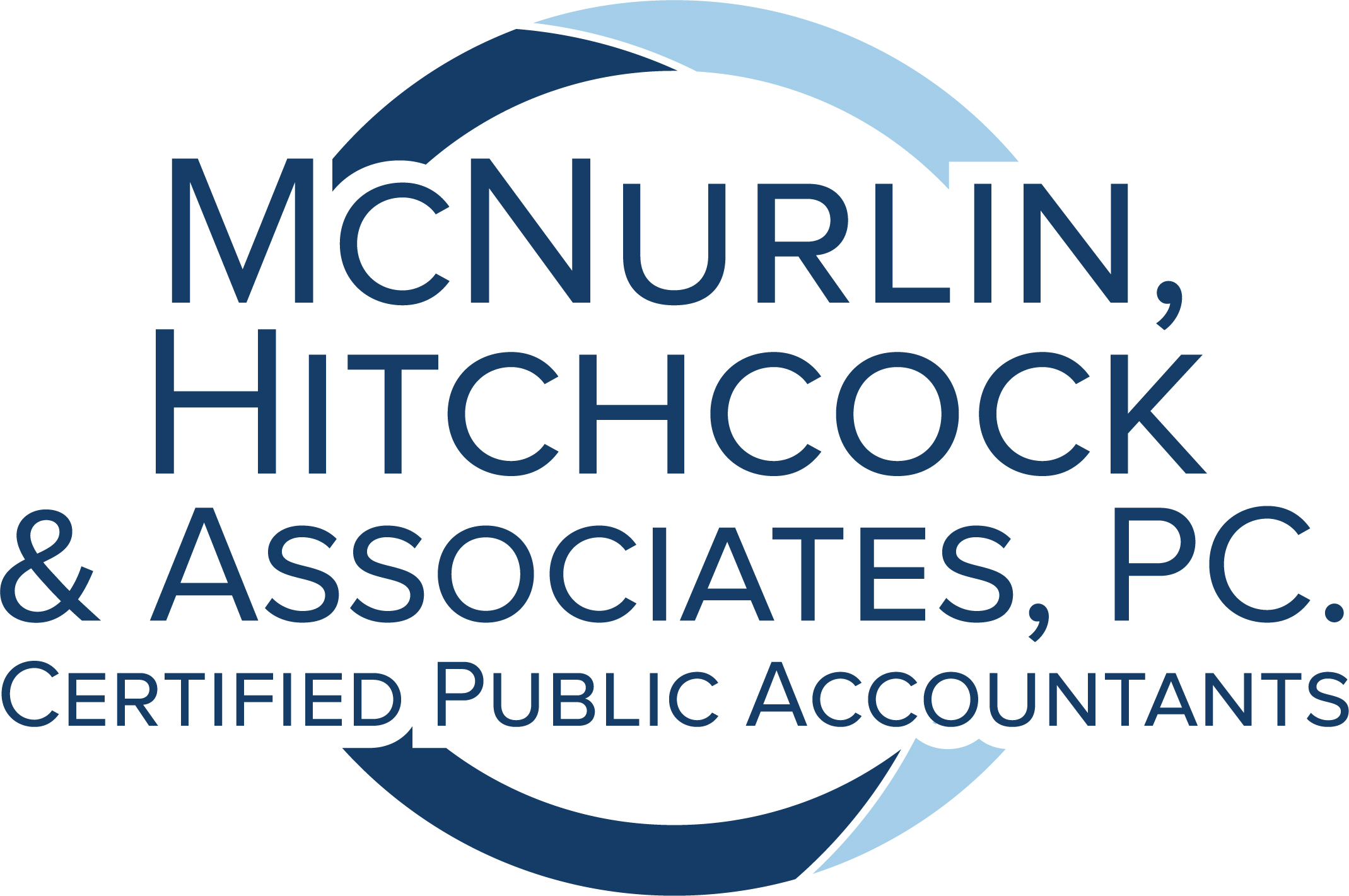“Nothing is so painful to the human mind as a great and sudden change.”
― Mary Wollstonecraft Shelley, Frankenstein
THE SECURE ACT
On Dec. 20th the President signed the Setting Every Community Up for Retirement Enhancement Act (the SECURE Act), which is part of the Further Consolidated Appropriations Act, 2020 (P.L. 116-94).
The SECURE Act was enacted to expand the opportunities for individuals to increase their savings and make administrative simplifications to the retirement system. Specifically, among its changes, it:
- increases the age for new retirees after which required minimum distributions (RMD) from certain retirement accounts must begin to 72;
- allows limited penalty-free distributions from qualified retirement plans and IRAs for births and adoptions;
- potentially reduces the time for beneficiaries of inherited IRAs to withdraw the funds;
- modifies the requirements for multiple employer plans to make it easier for small businesses to offer such plans to their employees by allowing otherwise completely unrelated employers to join in the same plan;
- makes it easier for long-term, part-time employees and individuals over age 70 ½ to make retirement contributions; and
- expands the definition of qualified §529 Account funds to include payment toward student loan debt.
The changes outlined in this Act are complicated and extensive and we are still learning how to best utilize them for your benefit. Here are some general explanations of the major components that could impact you in 2019 and 2020:
Increased Age for Required Minimum Distributions:
The law increases the age at which an individual must begin taking required minimum distributions (RMDs) from 70½ to 72. The Act states that this change applies beginning with IRA account owner who will attain 70½ on or after January 1, 2020. There is no change to account owners who attain age 70 ½ by December 31, 2019.
Allowance for Penalty-Free Distributions
Upon the birth or adoption of a child, the law permits an individual to take a “qualified birth or adoption distribution” of up to $5,000 from an applicable eligible defined contribution plan or IRA. This distribution is not subject to the 10% early withdrawal penalty.
Inherited IRAs:
New beneficiaries where the original IRA account owner passes away after December 31, 2019 will now need to withdraw all assets from the inherited IRA within 10 years following the death of the original account holder. There are exceptions to this new 10-year law for a surviving spouse, a minor child, a disabled or chronically ill individual, and a beneficiary who is less than 10 years younger than the decedent.
Contributions to your IRA:
The law removes the age limit at which an individual can contribute to a traditional IRA which is different from today’s law which prohibits an individual from contributing to their IRA after age 70 ½. This Act allows anyone that is working and has earned income to contribute to a traditional IRA regardless of age.
- 529 Account Spending for Student Loans (retroactive):
The law expands the definition of a tax-free or qualified distribution from a 529 savings plan to include repayment of up to $10,000 in qualified student loans, and expenses for certain apprenticeship programs. The SECURE Act makes this change retroactive to distributions made after December 31, 2018.
Everyone at MHA is working hard to learn all we can about this new law and how it affects our clients. If you have any questions, please don’t hesitate to reach out to your trusted advisor. Kim Hitchcock (kim@mcnurlincpa.com), Dave Reed (Dreed@mcnurlincpa.com) and any of our qualified tax professionals are here to help you navigate these changes.
OPPORTUNITY ZONE INVESTMENT
Qualified Opportunity Zones were created by the 2017 Tax Cuts and Jobs Act. These zones are designed to spur economic development and job creation in distressed communities throughout the country and U.S. possessions by providing tax benefits to investors who invest eligible capital into these communities. Taxpayers may be able to delay paying tax on eligible capital gains by making an appropriate investment in a Qualified Opportunity Zone within a limited number of days. Lei Yang is our resident expert on this credit. She can be reached at Lei@mcnurlincpa.com if you have any additional questions or need clarification on this aspect of the JOBS Act.
YEAR-END PAPERWORK
Now that 2019 is ending, you will most likely receive multiple documents for your tax preparation. Anything that you receive in the mail that says “important tax document” will need to be provided to us as part of the tax preparation process. Some forms seem unimportant, but they are still necessary for tax filings.
Part of our process for this year was to confirm client addresses and emails. Please don’t be surprised if you received a phone call from our office asking you to confirm your contact information so that we could ensure successful delivery of the tax organizer/booklet for this year.
You may also receive communication from our accounting team regarding year-end filing forms for your small business or rental. Landlords and business owners are required to issue a Form 1099 to any individual, LLC or partnership that provided services to you during 2019. There is an exception for anyone who was paid less than $600. Please reach out to Crystal Brady at cbrady@mcnurlincpa.com or anyone in our accounting department to ensure that your business is on track for reporting Form 1099s for 2019.

